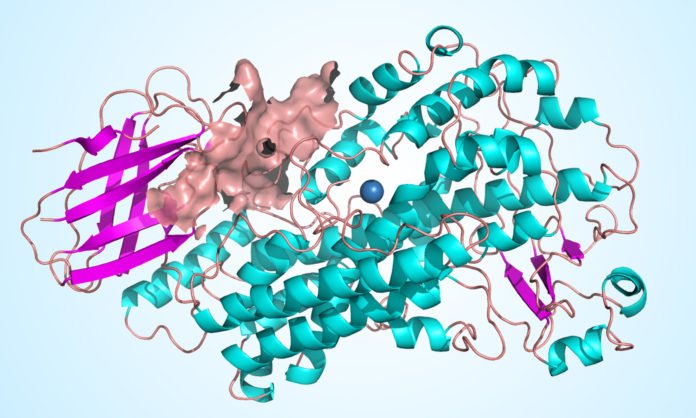At the University of Innsbruck, a pharmacy team has been inquiring about normal items for their anti-inflammatory impacts for quite a while. The investigations will be done together with a worldwide consortium with the cooperation of scientists from Germany, France, and Italy. In these investigations, information rose that indicated vitamin E and related structures as an on-screen character in the inflammatory procedure.
Andreas Koeberle of the Friedrich Schiller University Jena said, “Vitamin E is an antioxidant, it neutralizes cell-damaging free radicals. although this is well documented in cell and animal models under laboratory conditions, vitamin E has not been convincing in clinical studies so far: Here we find very different results.”
One conceivable reason for this has now been found in a broad interdisciplinary investigation by the global research group. In this manner, the impact of vitamin E, which is taken as a tablet or case, constructed not in light of the vitamin itself, but rather on its metabolites. Specifically, a metabolite called alpha-carboxymromanol has a promising anti-inflammatory impact.
Scientists noted, “This is a promising finding because this enzyme plays a key role in inflammatory diseases such as asthma or arthritis.”
How alpha-carboxychromanol binds to the compound was found by a group driven by Veronika Temml from the Pharmacognosy Department at the Institute of Pharmacy at the University of Innsbruck. The estimations of the partners in Jena had the amazing outcome that this metabolite does not tie where it was already suspected.
Veronika Temml said, “That’s why we studied the enzyme in the computer model and identified other potential binding sites for the metabolite. It showed that the active vitamin E metabolites fit perfectly into one of these binding pockets.”
“While there are many known inhibitors of 5-lipoxygenase, it has been assumed that they bind to the substrate binding site. However, the results of the study show that this model needs to be reconsidered and that known inhibitors should also be examined for their exact binding site on the enzyme. This would allow the development of optimized anti-inflammatory drugs that have other structural features and, therefore, other side-effect profiles such as the drugs currently used.”
Scientists are now searching other natural products for their effect on 5-lipoxygenase and other enzymes involved in inflammatory processes. The study is reported in the journal Nature Communications.
